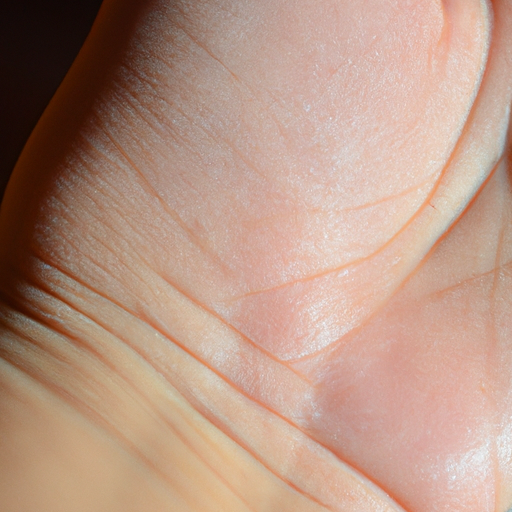As a dermatologist, I have witnessed the evolution of numerous skin rejuvenation treatments over the years. However, one of the most exciting and revolutionary treatments that has emerged recently is Fibroblast Skin Tightening. This non-surgical procedure is transforming the way we approach ageless beauty, offering a safe, effective, and non-invasive alternative to traditional surgical methods.
Fibroblast Skin Tightening is a groundbreaking treatment that harnesses the power of plasma, the fourth state of matter. The procedure involves the use of a plasma pen, a device that discharges a microbeam of plasma onto the skin surface. The plasma energy creates micro-injuries on the skin’s layer, which stimulates the production of fibroblasts – the cells responsible for collagen and elastin production.
The magic lies in this natural healing response. As the skin heals, it tightens and firms, reducing the appearance of wrinkles, fine lines, and sagging skin. This treatment is particularly effective for areas that are difficult to treat with traditional methods, such as the upper and lower eyelids.
One of the most appealing aspects of Fibroblast Skin Tightening is its non-invasive nature. Unlike surgical facelifts, this treatment does not involve any cutting, stitching, or general anesthesia. The procedure is performed in-office and takes between 30 minutes to an hour, depending on the area being treated.
Post-treatment, patients may experience some redness and swelling, which typically subsides within a few days. Tiny crusts will form on the treated area, acting as a natural protective dressing while the skin heals underneath. These crusts will naturally fall off after about a week, revealing tighter, smoother skin.
The results of Fibroblast Skin Tightening are not only impressive but also long-lasting. After one treatment, patients can expect to see noticeable improvements in skin texture and firmness. While results can be seen immediately, the most significant improvements are typically visible after 6-8 weeks, once the skin has had time to produce new collagen and elastin.
It’s important to note that while Fibroblast Skin Tightening can significantly improve skin laxity and reduce the signs of aging, it does not stop the natural aging process. Therefore, maintaining a good skincare routine and protecting your skin from sun damage is crucial for preserving the results.
As with any cosmetic procedure, it’s essential to consult with a qualified professional who can assess your skin condition and determine whether you’re a suitable candidate for the treatment. While Fibroblast Skin Tightening is generally safe for all skin types, it may not be recommended for individuals with certain skin conditions or those who are pregnant or breastfeeding.
In conclusion, Fibroblast Skin Tightening is a revolutionary approach to ageless beauty that offers a non-surgical solution to skin aging. By stimulating the body’s natural healing process, this treatment helps to restore skin firmness and elasticity, unveiling a younger-looking complexion. As a dermatologist, I am excited about the potential of this treatment and look forward to seeing its continued evolution in the field of aesthetic medicine.




